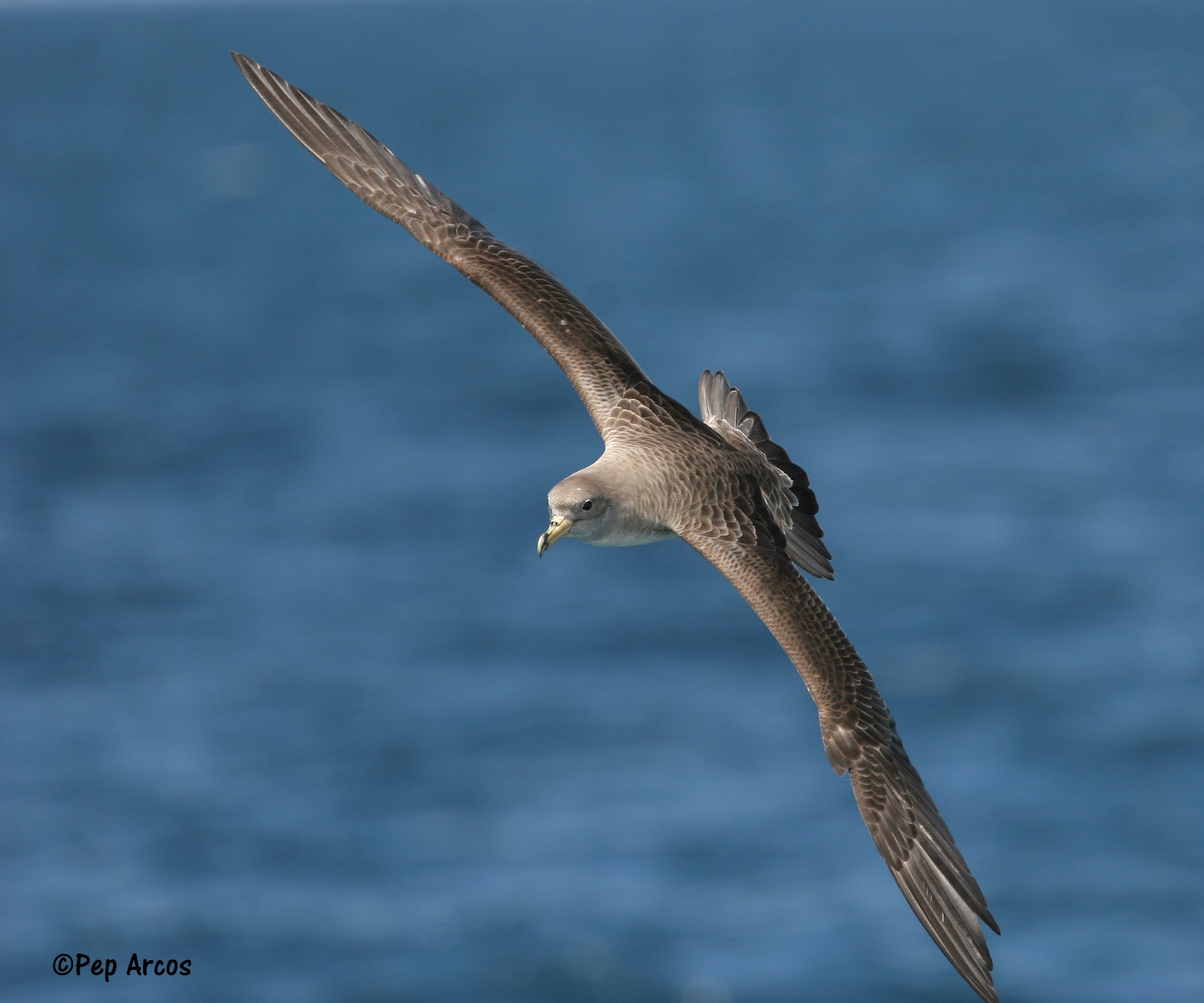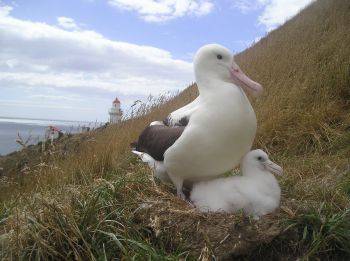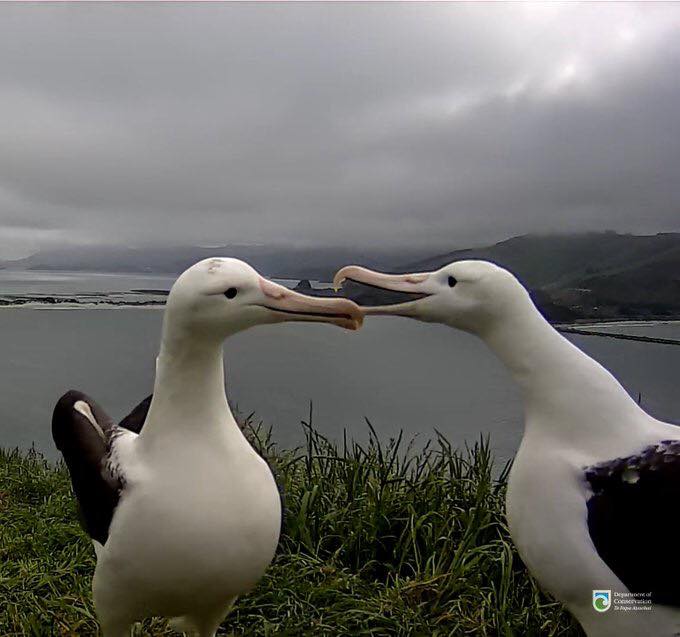Matthew Savoca (Department of Neurobiology, Physiology, and Behavior, University of California, Davis, USA) and colleagues have published on-line and open access in the journal Science Advances on whether procellariform seabirds are attracted to plastic debris at sea by smell as well as by sight.
The paper’s abstract follows:
“Plastic debris is ingested by hundreds of species of organisms, from zooplankton to baleen whales, but how such a diversity of consumers can mistake plastic for their natural prey is largely unknown. The sensory mechanisms underlying plastic detection and consumption have rarely been examined within the context of sensory signals driving marine food web dynamics. We demonstrate experimentally that marine-seasoned microplastics produce a dimethyl sulfide (DMS) signature that is also a keystone odorant for natural trophic interactions. We further demonstrate a positive relationship between DMS responsiveness and plastic ingestion frequency using procellariiform seabirds as a model taxonomic group. Together, these results suggest that plastic debris emits the scent of a marine infochemical, creating an olfactory trap for susceptible marine wildlife.”

Light-mantled Sooty Albatrosses, photograph by Aleks Terauds
Read more here.
Reference:
Savoca, M.S., Wohlfeil, M.E., Ebeler, S.E. & Nevitt, G.A. 2016. Marine plastic debris emits a keystone infochemical for olfactory foraging seabirds. Science Advances 2(11) DOI: 10.1126/sciadv.1600395.
John Cooper, ACAP Information Officer, 11 November 2016

 English
English  Français
Français  Español
Español 




